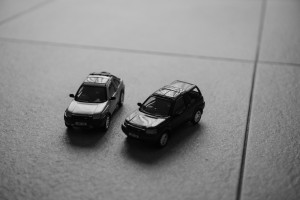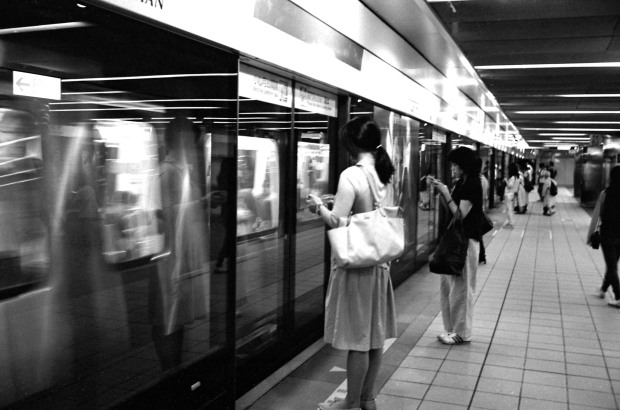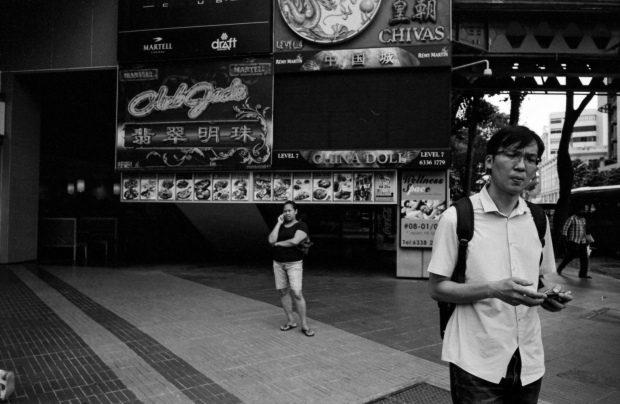Dear Reader,
In this post I will discuss my wanderings through springtime Japan in April, and share some of my favourite images taken throughout the trip.
Briefly my plan was to start in Osaka, to participate in the Takayama Festival, traverse the Tateyama-Kurobe Alpine Route, with the finale in Tokyo.
Osaka – Grittier than Tokyo, with a laid back feel, the characters in Osaka often present unique visuals to a lurking photographer, making it a street photography paradise. Unfortunately I only had a short stay before rushing off to Takayama.
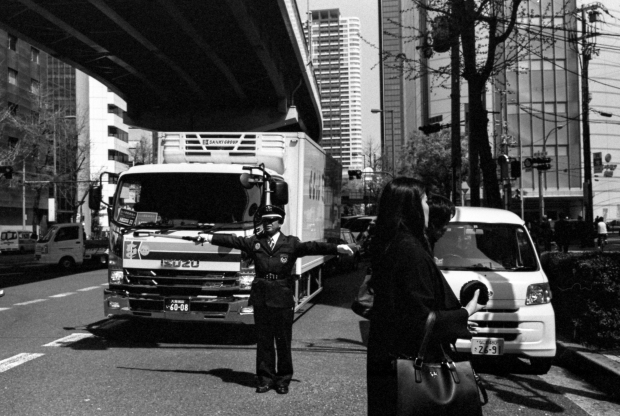
Crossing in Osaka
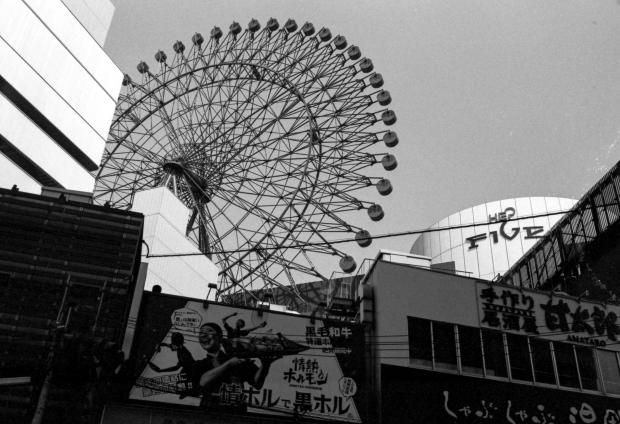
HEP5 Skyline
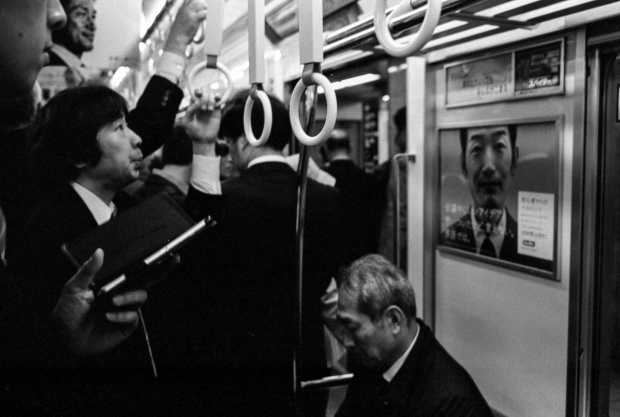
Midosuji Subway

Umeda skyline

One of Osaka’s many arcades
Okayama – I managed a short day trip to Okayama (cherry blossoms were falling) and regretted not staying longer.
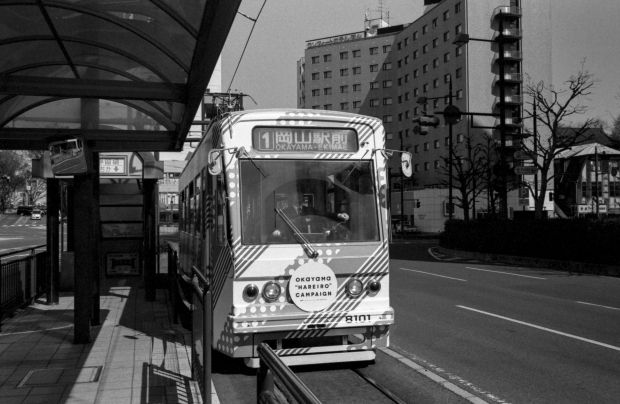
Okayama’s tram
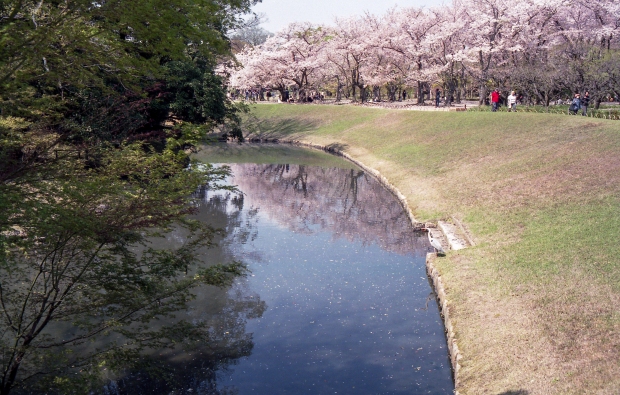
Korakuen
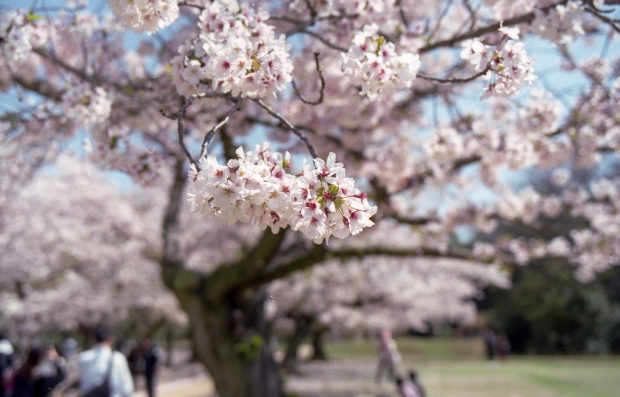
Bokeh and flowers make a great couple
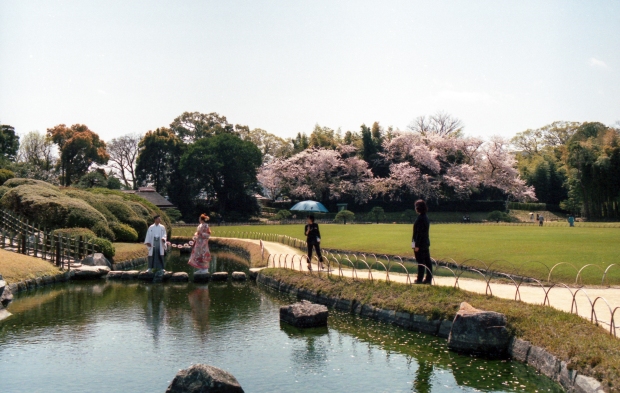
Japanese couple having a photoshoot, it was a beautiful day with perfect conditions
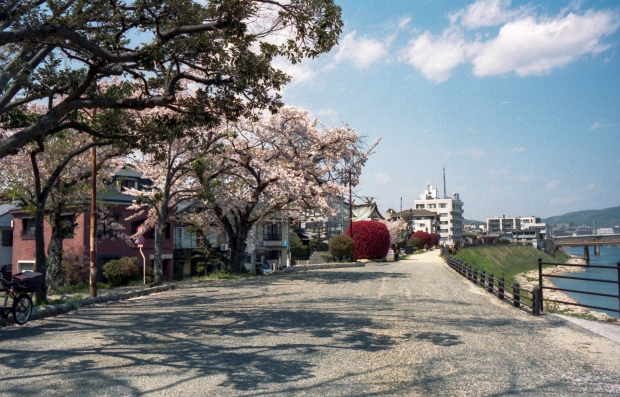
Okayama, near Korakuen
Takayama – The 2 Takayama Festivals are acclaimed as being among the best Matsuris (Summer festivals) in Japan, with centuries-old wooden floats displayed during the day and paraded through the streets at night with much fanfare. The town was packed to the brim on arrival (which would explain the immense difficulty finding lodging), and never have I seen such a concentration of high-end photography gear in a single place, plausibly an attraction unto itself. The weather was mostly perfect, and the pictures speak for themselves. Definitely worth the hype.
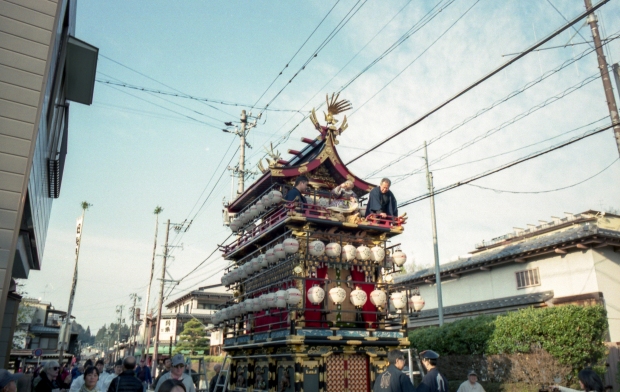
Working on one of Takayama’s 11 floats
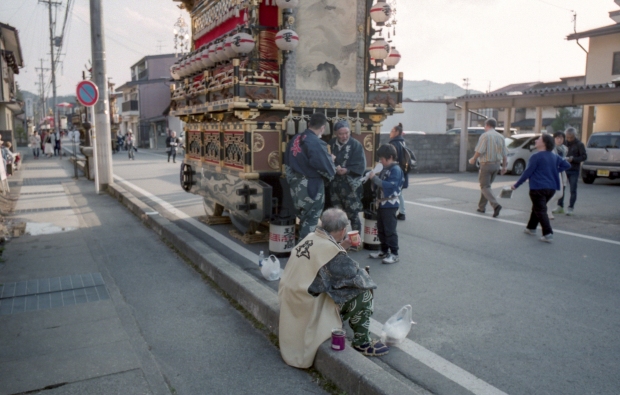
It’s not a festival if it’s only work
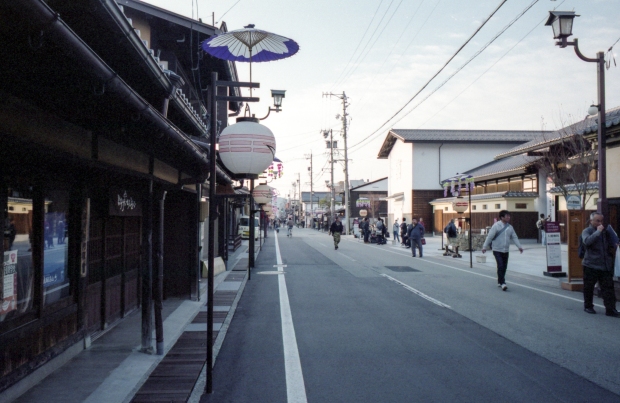
“Downtown” Takayama
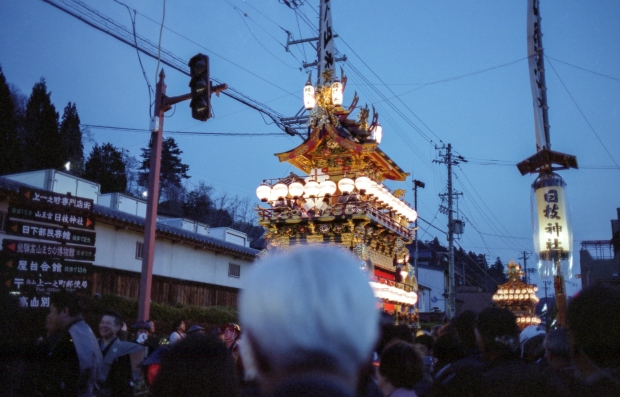
Night parade begins

Taken on the Olympus XA2
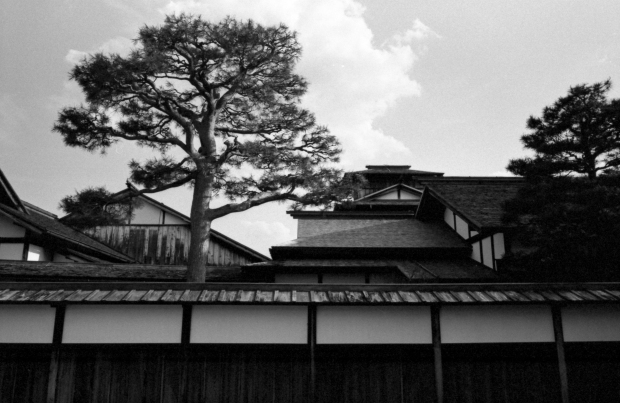
Takayama Jinya
Toyama and Kanazawa – Toyama and Kanazawa were small cities that I visited while en route to the Alpine Route, and the cherry blossoms happened to be in full bloom in Kanazawa. Was thankful I stocked up on the colour negative film prior to leaving Osaka.
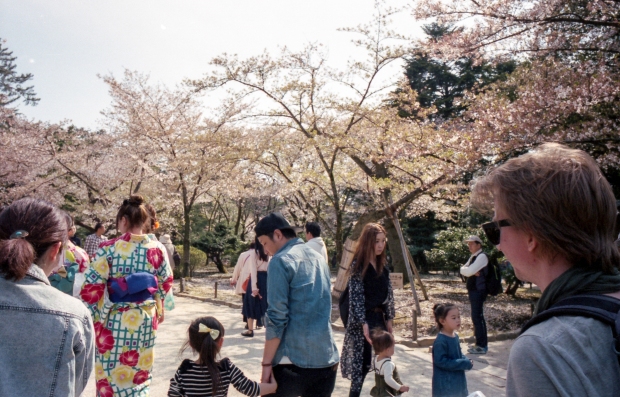
The crowds admiring the cherry blossoms in Kenrokuen
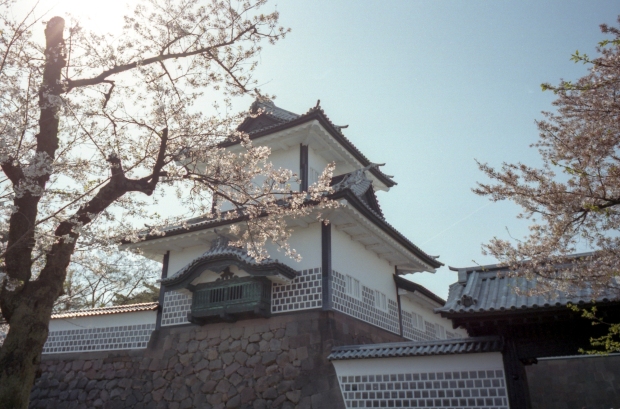
Kanazawa Castle – taken with Fuji 400h
Tateyama-Kurobe Alpine Route – Another highlight of the trip, the route connects Toyama and Nagano through the scenic Japanese Alps. The highest point of the route, Murodo, boasts a snow-wall, where visitors walk between 7-10m high walls of snow, as well as an extremely scenic hiking trail. Unfortunately it was too crowded and too cold at the top; I did not manage to spend much time on the top.

View of the Japanese Alps

End of the route
Tokyo – The Japanese Mecca of photography, with a high concentration of camera shops (rare film stocks!) and a higher concentration of residents, there’s never a dull moment for a keen-eyed photographer with a fat wallet (unfortunately not me).
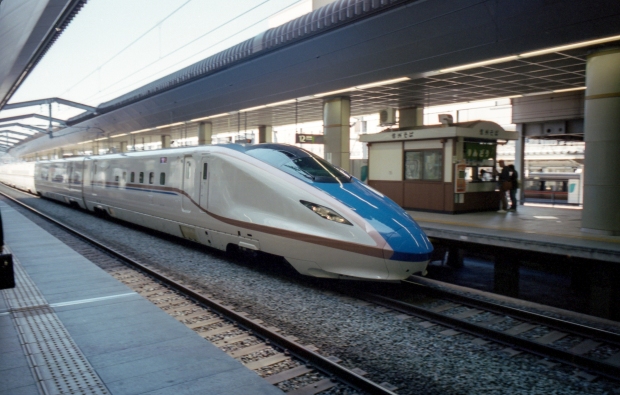
Shinkansen en route to Tokyo
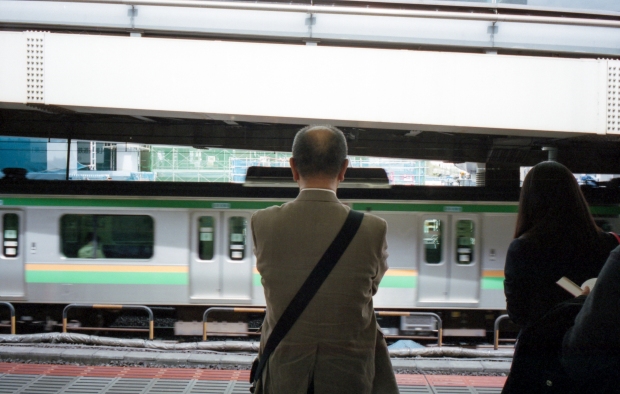
Shibuya station – taken with Kodak Portra 400
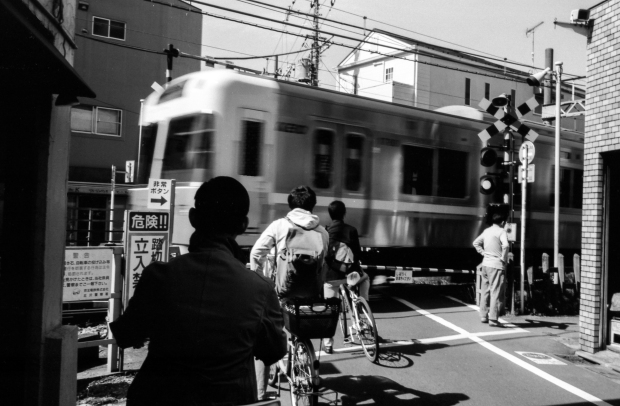
Near Shimokitazawa – taken with Fuji Acros Neopan 100
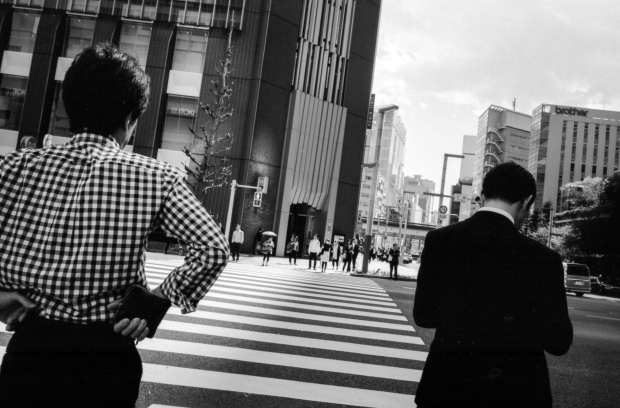
Ginza

Gotokuji Temple
I would also like to follow up on my previous blog post on shooting film; this was a long haul trip with only my film cameras, and I appreciated the versatility afforded by film. Switching between various film stocks gave me creative latitude while reducing the processing time required to create the desired image.
Side note – This website may soon take on more of a Nordic flavour, as I’m moving to Sweden for graduate school. I hope to have more time to delve on photography and writing over the next couple of years.
DbMonochrome
